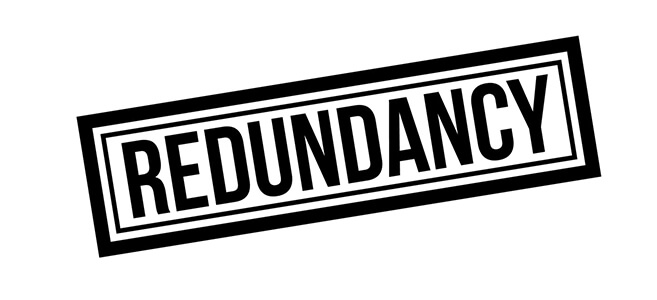Home » Legal Insights » Redundancies in COVID-19 times
How to handle redundancies in your business
With Australia experiencing its first recession in almost 30 years, redundancies have been an increasingly common feature within the employment law sphere.
While many people have been made redundant for legitimate reasons, many employers are using the COVID-19 pandemic as an excuse to “cleanse” their workplace, putting many employees at risk of ‘sham redundancies’ and unlawful pay cuts.
A ‘sham redundancy’ occurs where an employer seeks to make an employee redundant even though the employer still requires the job to be performed.
When employees are made redundant for reasons other than the employer no longer requiring the position to be performed, employers are potentially exposing themselves to legal claims under the Fair Work Act 2009 (Cth) (‘Fair Work Act’).
The purpose of this blog is to provide you with key aspects to consider when conducting a redundancy process against the backdrop of the COVID-19 pandemic.
What is a ‘genuine redundancy’?
Section 385 of the Fair Work Act considers a person’s dismissal to be a case of genuine redundancy if:
- The person’s employer no longer requires the person’s job to be performed by anyone because of changes in the operational requirements of the employer’s enterprise; and
- The employer has complied with an obligation provided for in a modern award or enterprise agreement that applied to the employment to consult the employee about the redundancy.
For example:
- A machine is now available to perform the employee’s role;
- The employer’s business is experiencing a downturn and therefore the employer is seeking to reduce the number of employees from ten to five.
A dismissal will not be a genuine redundancy if it would have been reasonable in the circumstances to redeploy the affected employee.
Redundancy generally occurs when an employer is seeking to reduce their workforce because of reasons such as financial factors, where there is changes to consumer behaviour or the employer simply no longer requires the functions of the role to be performed.
Furthermore, it is unlawful for employers to make an employee redundant and then replace the employee with someone else in a similar position with a different job title.
What should an employer do to protect the employer from claims for unfair dismissal?
If you are of the view that a new business structure would be beneficial for operations, you may wish to consider investigating ways in which to restructure your business. This may not necessarily mean that employee roles are to be made redundant. Rather, it may mean that the employee’s role may simply changes.
With respect to consultation obligations, the obligation to consult only arises where consultation about workplace change is required by an applicable modern award or enterprise agreements.
Failure to comply with consultation provisions of an applicable modern award or enterprise agreement may expose you to a legal claim by the affected employee under the Fair Work Act. For this reason, the consultation should be meaningful, not perfunctory. This may mean writing to the affected employee, explaining the issues which make the changes necessary, setting out any feasible alternatives and asking for input from the employee.
Finally, when carrying out redundancies we always advise employers to seek legal advice. While the provisions under the Fair Work Act appear relatively straightforward, the process may become complex in a short period of time.
Having a legal practitioner guide you through the redundancy process may be beneficial to avoid potential legal claims down the track.
